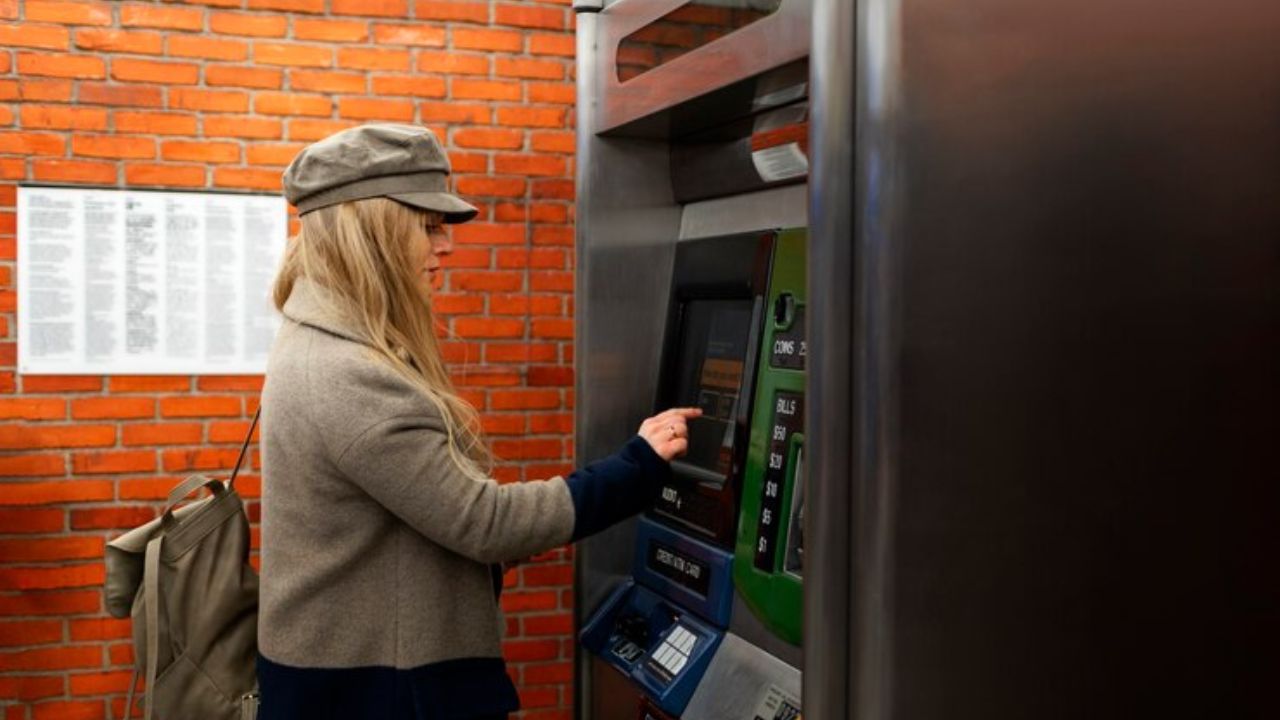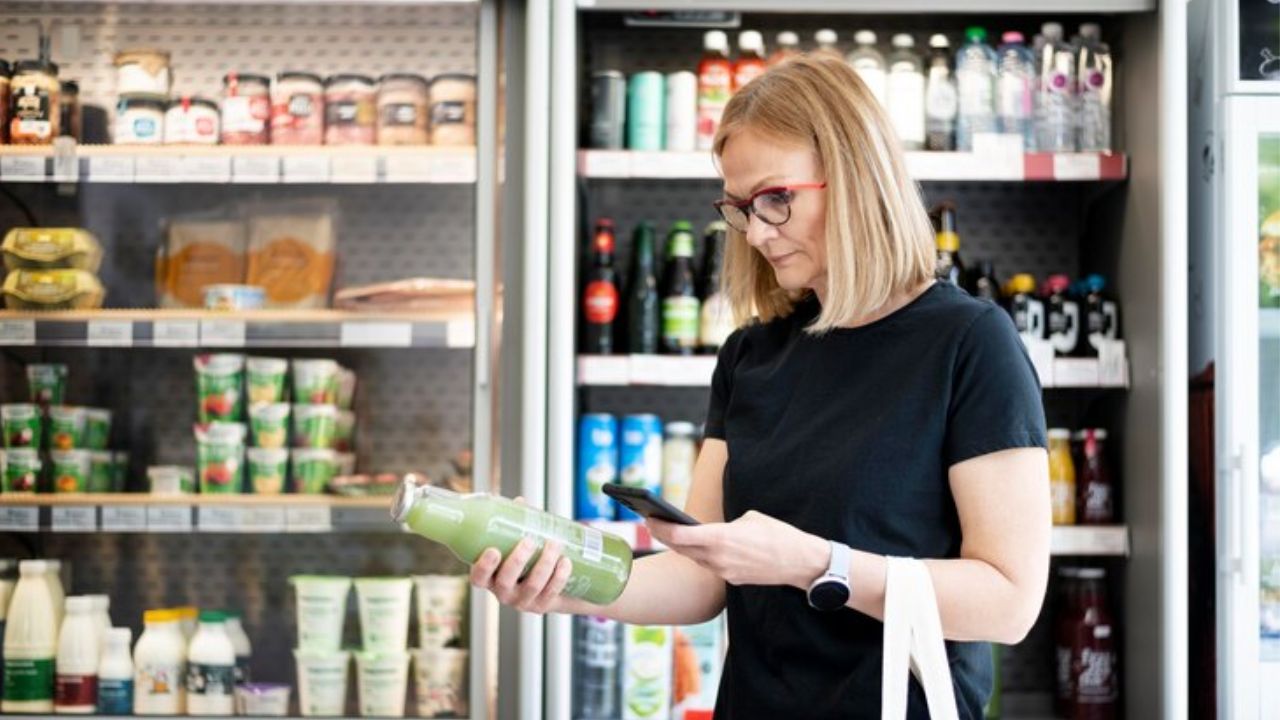Prices in vending machines tend to be higher because of several factors inherent to their operational model: Convenience plays a significant role. Vending machines offer immediate access to goods in various locations, saving consumers time and effort. This convenience is reflected in the pricing structure, with a premium often placed on the convenience of on-the-go purchases. Vending machines incur maintenance, restocking, and servicing costs, which are factored into the pricing of items.
The limited space within vending machines necessitates smaller product selections, often comprising individually packaged or single-serving items, which can contribute to higher unit costs. The technology and infrastructure required to operate vending machines, including payment systems and refrigeration units, also contribute to overhead expenses passed on to consumers through pricing. Understanding these factors helps contextualize the pricing dynamics of vending machine products.
The Factors Behind Vending Machine Pricing
Unpacking the factors behind vending machine pricing reveals a multifaceted interplay of convenience, operational costs, and consumer demand:
- The convenience offered by vending machines, providing access to goods in diverse locations and at all hours, justifies higher prices than traditional retail outlets. Operational expenses, including restocking, maintenance, and equipment upkeep, contribute significantly to pricing decisions. Limited space within vending machines necessitates smaller product selections and individually packaged items, which can increase unit costs.
- Fluctuations in ingredient and production costs and market demand influence pricing strategies.
- Technological advancements, such as cashless payment systems and interactive displays, may justify premium pricing.
By understanding these factors, consumers can better evaluate the value proposition of vending machine purchases, and vending operators can optimize pricing strategies to align with profitability and consumer expectations.

Vending Machine Pricing Strategies
Balancing accessibility and affordability in vending machine pricing strategies is crucial for operators and consumers. Vending machines aim to provide convenient access to products while maintaining reasonable pricing to attract customers. When setting prices, operators must consider various factors, including operational costs, product demand, and consumer purchasing power. Offering a large range of products at different price points guarantees accessibility for customers with varying budgets.
Moreover, implementing transparent pricing practices fosters trust and encourages repeat business. Maintaining this equilibrium necessitates ongoing assessment and modification to conform to consumer preferences and market changes. By prioritizing accessibility and affordability, vending machine operators can create a positive customer experience while maximizing their revenue potential. In doing so, they contribute to the sustainability and success of the vending industry while meeting the needs of diverse consumer demographics.
Why Vending Machine Prices Might Be Elevated
Cost considerations are pivotal in understanding why vending machine prices might be elevated. Firstly, the convenience factor of vending machines, offering on-the-go access to products in various locations, justifies higher prices. Operational expenses such as restocking, maintenance, and equipment upkeep contribute significantly to pricing decisions. Limited space within vending machines necessitates smaller product selections and individually packaged items, which can increase unit costs.
Additionally, technological advancements like cashless payment systems and interactive displays may incur additional expenses passed on to consumers. Fluctuations in ingredient costs and market demand also influence pricing strategies. By considering these factors, consumers can better comprehend the rationale behind elevated vending machine prices, which ultimately reflect the intricate balance between convenience, operational costs, and market dynamics.

The Role of Supply Chain Costs in Vending Pricing
Analyzing the role of supply chain costs in vending pricing reveals the intricate relationship between production, distribution, and retailing. Vending operators must navigate a complex supply chain encompassing sourcing products, transportation, and inventory management. Numerous factors, such as the cost of raw materials, manufacturing expenses, and logistical challenges, affect supply chain costs. These costs inevitably impact vending machine pricing, as operators must recoup expenses while maintaining profitability.
Additionally, fluctuations in supply chain costs, such as changes in fuel prices or labor wages, can influence pricing decisions. By carefully analyzing supply chain costs, vending operators can optimize procurement strategies, negotiate favorable terms with suppliers, and streamline distribution processes to mitigate pricing pressures. Understanding the dynamics of supply chain costs is essential for crafting competitive pricing strategies that balance consumers’ affordability with operators’ profitability.
Regulatory and Compliance Costs
Regulatory and compliance costs significantly influence vending machine prices, reflecting operators’ need to adhere to legal standards and industry regulations. Compliance with health and safety regulations, including food hygiene and product labeling requirements, necessitates training, equipment, and documentation investments, which contribute to operational expenses. Moreover, regulatory frameworks governing vending machine placement, licensing, and taxation may impose additional financial burdens on operators.
These compliance costs are factored into pricing decisions as operators seek to ensure profitability while meeting regulatory obligations. Furthermore, ongoing changes in legislation and enforcement practices can impact vending machine operations, requiring adjustments to pricing strategies to accommodate evolving compliance requirements. By recognizing the role of regulatory and compliance costs, stakeholders can better understand the complexities shaping vending machine prices and their implications for operators and consumers alike.
The Economics of Small-Scale Retail
Exploring the economics of small-scale retail within the context of vending machines reveals a unique blend of challenges and opportunities. Vending machines represent a form of automated retailing that requires minimal human intervention, thereby reducing labor costs associated with traditional brick-and-mortar stores. However, operators must contend with upfront investment costs for machine acquisition, installation, and maintenance.
Product selection, pricing strategies, and location optimization also influence revenue generation and profitability. Comprehending the behavior and tastes of consumers is essential to optimizing sales and guaranteeing a favorable return on investment. Furthermore, technological advancements, such as cashless payment systems and real-time data analytics, present opportunities for operators to enhance operational efficiency and customer engagement. By delving into the economics of vending, stakeholders can uncover strategies to navigate the competitive landscape and capitalize on the potential of this small-scale retailing model.

Debunking Misconceptions About Pricing
Dispelling myths and debunking misconceptions about vending machine pricing is essential to fostering understanding and transparency in the vending industry. One common misconception is that vending machine prices are arbitrarily inflated. In reality, pricing decisions are based on factors such as operational costs, product availability, and market demand. Another myth is that vending machines always offer higher prices than traditional retail outlets.
Prices in vending machines tend to be higher due to convenience and limited product selection, they often reflect comparable prices for similar items in convenience stores or vending-friendly locations. By clarifying the rationale behind vending machine pricing, operators can build trust with consumers and dispel misconceptions that may deter potential customers. Moreover, transparent pricing practices contribute to a positive vending experience and support sustainable growth in the industry.
Comparing Vending Machine Prices to Traditional Retail
Convenience, administrative expenses, and product selection all play a role in the complex picture that emerges when comparing vending machine prices to traditional retail. While vending machine prices may appear higher for certain items, they often reflect the added value of convenience and accessibility. Traditional retail outlets typically incur higher overhead costs related to rent, utilities, and staffing, which can impact pricing. In contrast, vending machines require minimal labor and infrastructure, allowing for lower operational costs.
Additionally, vending machines often stock a curated selection of popular items, focusing on convenience and impulse purchases rather than extensive variety. Understanding these differences allows consumers to evaluate the trade-offs between convenience and pricing when purchasing. Ultimately, vending machines and traditional retail outlets serve unique purposes in meeting consumer needs, each offering distinct advantages based on context and consumer preferences.
The Business Side of Vending Machine Pricing
Examining profit margins offers insight into the business side of vending machine pricing, revealing the delicate balance between revenue generation and operational expenses. Vending operators must carefully manage pricing strategies to maximize profitability while remaining competitive. Various factors, including product costs, machine maintenance, restocking fees, and overhead expenses, influence profit margins in vending machine operations.
Operators must also consider fluctuating market conditions and consumer demand when setting prices to ensure sustainable profit margins. By analyzing profit margins, operators can make informed decisions about pricing adjustments, product offerings, and operational efficiencies to optimize profitability. Understanding the intricacies of profit margins is essential for navigating the complexities of the vending industry and building a successful vending machine business.
Consumer Perception and Vending Machine Price Points
Consumer perception is pivotal in shaping vending machine price points, directly influencing purchasing behavior and brand loyalty. Consumers often associate vending machine prices with value, convenience, and affordability. Higher price points may be justified if they reflect premium products, exceptional convenience, or unique offerings not readily available elsewhere. Conversely, excessively high prices relative to perceived value can deter consumers and erode trust in the vending operator’s brand.
Operators must carefully consider consumer perception when setting price points, ensuring alignment with expectations and competitive positioning in the market. Transparent pricing practices and clear communication about value propositions can enhance consumer trust and loyalty, foster positive perceptions of vending machine price points, and drive long-term success in the industry.
The Trade-Off in Vending Pricing
Weighing quality and convenience presents a significant trade-off in vending pricing, reflecting the delicate balance between product value and accessibility. Operators of vending machines must strike this balance by providing goods that satisfy customers’ needs for convenience and quality while keeping prices competitive. High-quality products can fetch greater prices because they are viewed as having more worth and superior ingredients or craftsmanship.
However, consumers also prioritize convenience when purchasing from vending machines, expecting quick access to essential items at affordable prices. Striking the right balance between quality and convenience requires operators to curate product selections carefully, negotiate favorable pricing with suppliers, and implement transparent pricing strategies. By prioritizing quality and convenience in vending pricing, operators can satisfy consumer preferences while maximizing profitability and fostering long-term customer loyalty.
Technological Advances and Vending Machine Pricing
The cost of innovation, driven by technological advances, is a significant factor influencing vending machine pricing. Integrating cutting-edge technologies into vending machines, such as cashless payment systems, touch-screen interfaces, and real-time inventory tracking, incurs upfront expenses for equipment acquisition, installation, and maintenance. These costs are passed on to consumers through pricing adjustments to ensure a return on investment for vending operators.
However, technological innovations also enhance operational efficiency, customer engagement, and convenience, which can justify premium pricing for vending machine products. Balancing the cost of innovation with consumer expectations for affordability requires careful consideration by operators. By leveraging technology strategically and communicating its benefits effectively, vending operators can enhance their machines‘ value proposition and maintain market competitiveness while driving continued innovation in the vending industry.
Consumer Preferences in Vending Machine Pricing
In vending machine pricing, consumer preferences often revolve around the trade-off between convenience and cost. While consumers value the convenience of quick access to products in various locations, they also prioritize affordability when purchasing. Vending operators must strike a delicate balance between these factors to meet consumer expectations and maintain competitiveness in the market.
Convenience and accessibility for customers with different budgets are ensured by providing a wide selection of items at cheap prices. Transparent pricing practices and clear communication about value propositions can enhance consumer trust and loyalty, fostering positive perceptions of vending machine pricing. By aligning pricing strategies with consumer preferences for convenience and cost, vending operators can enhance the overall vending experience and drive long-term success in the industry.
Conclusion
While prices in vending machines tend to be higher than in traditional retail outlets, this phenomenon is not without justification. Vending machines provide accessibility and convenience, which adds to the product’s perceived value and justifies a higher price. Operational costs, maintenance expenses, and limited product selection influence pricing decisions. Despite the higher prices, vending machines uniquely provide on-the-go access to goods in diverse locations, catering to the needs of consumers seeking convenience and immediacy.
Additionally, advancements in technology and payment systems contribute to the evolution of vending machine pricing strategies, enhancing efficiency and customer experience. Consumers can make informed purchasing decisions by understanding the rationale behind pricing in vending machines. At the same time, operators can optimize pricing strategies to balance profitability and consumer satisfaction, ensuring the continued viability and success of the vending industry.
FAQ
Why are prices in vending machines higher than in traditional retail stores?
Prices in vending machines often reflect the added convenience and accessibility they offer, along with factors like operational costs and limited product selection.
Do vending machine prices vary depending on the location?
Yes, vending machine prices in different locations may vary based on rent, foot traffic, and consumer demographics.
Are there any ways to save money when purchasing from vending machines?
Some vending operators offer promotions, discounts, or loyalty programs to incentivize purchases and provide value to customers.
Do vending machine prices include taxes?
Yes, vending machine prices typically include taxes automatically calculated and included in the total price displayed.
Are there alternatives to vending machines for purchasing snacks and drinks?
Consumers can also purchase snacks and drinks from convenience stores, supermarkets, or online retailers, which may offer a wider selection at varying price points.

